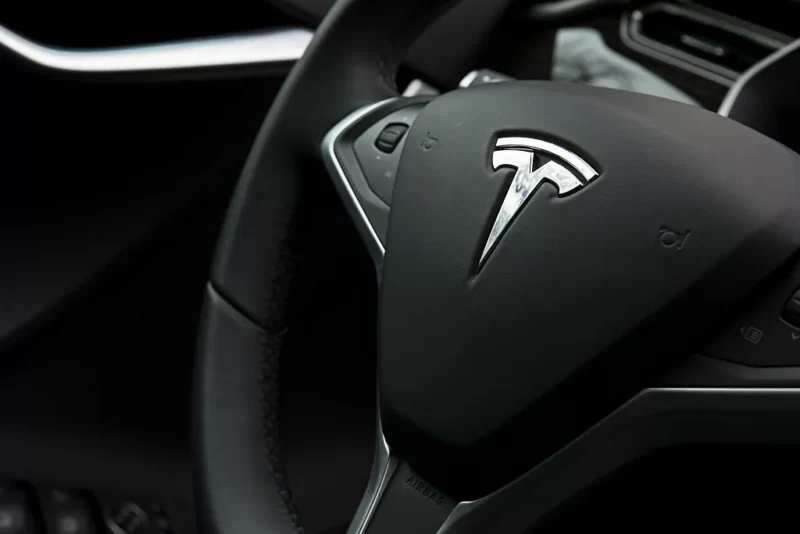Tesla Autopilot Feature Helps Driver Reach Hospital Safely – A Case for Autonomous Technology
Joshua Neally, a lawyer from Missouri, was driving home from work when he experienced a pulmonary embolism. He quickly realized he needed to get to a hospital, but felt physically unable to drive himself safely. Neally activated Tesla’s Autopilot system, which took over for 20 miles of highway driving, safely guiding him to an off-ramp near a hospital.
While Tesla’s Autopilot system has been the subject of scrutiny following a fatal accident in Florida earlier this year, Neally’s experience highlights its potential to be a life-saving feature. The incident raises questions about whether it’s always advisable to rely on Autopilot in emergencies, particularly when a driver’s mental state is compromised. However, it also underscores the importance of providing drivers with advanced safety features that can assist them during critical moments.

Neally’s case illustrates the human tendency to prioritize immediate survival instincts over calculated decisions. In a stressful situation like a medical emergency, a driver may not always make the most rational choice. Autopilot, in this instance, provided Neally with a chance outcome, allowing him to reach a hospital safely when he might not have been able to otherwise.
This event further emphasizes the potential of autonomous technology to improve safety on roads and provide assistance during critical situations. While Autopilot may not always be the perfect solution, it demonstrates the potential for technology to bridge the gap between human instinct and calculated safety.